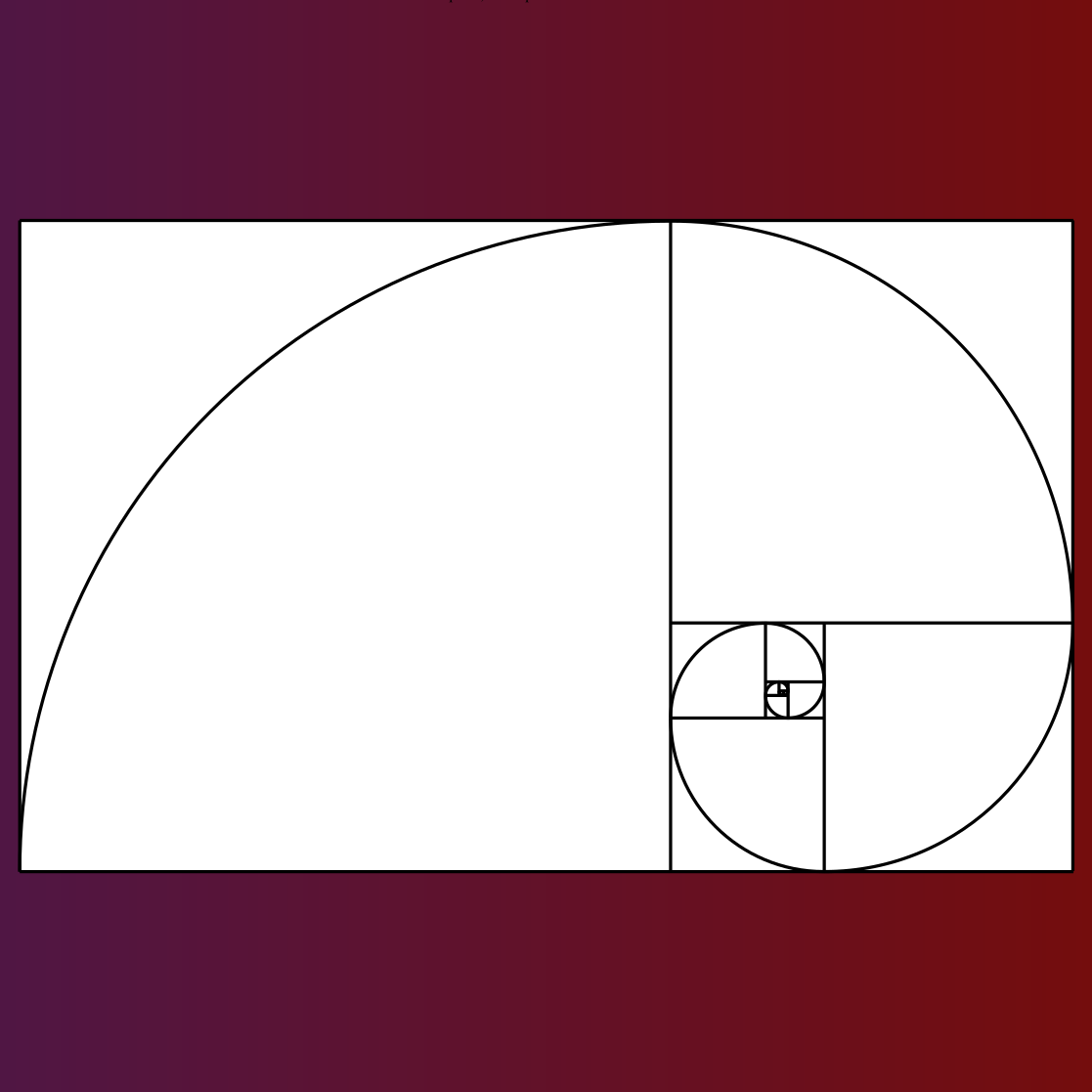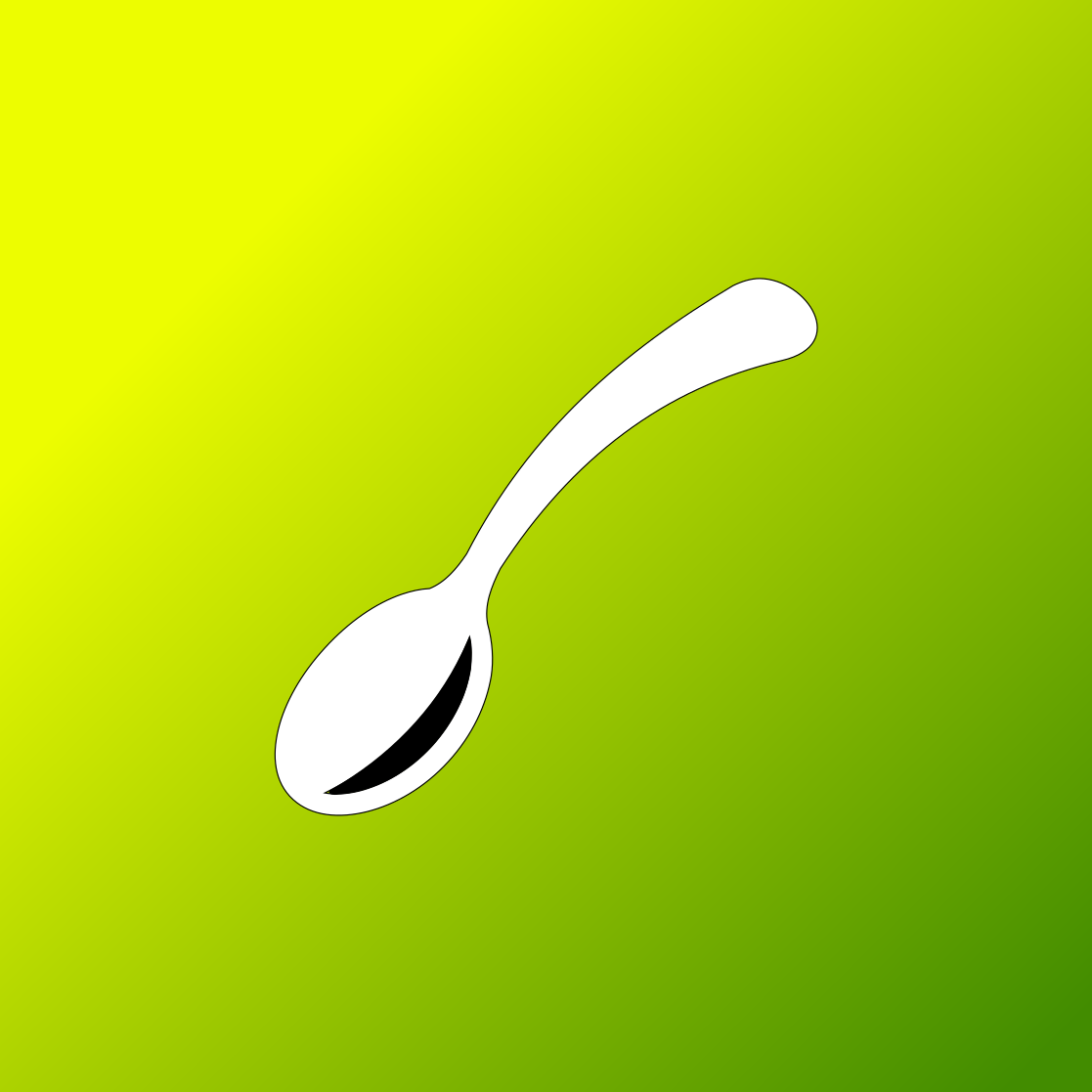
Engineering is the heart of what we do, but it's only part of what we do. While the form of a tool follows its function, people will simply not want to use a tool, functional or not, that they find, subjectively, ill-suited to its purpose, hard to use, or simply ugly. The Ford Edsel famously failed not because it couldn't take passengers from A to B, but because it looked like it was sucking a lemon while doing so. A car that is frustrating to drive, or uncomfortable, or even just looks like it's sucking a lemon, will find few willing drivers, even if its drivetrain is an engineering marvel. To the user, the subjective experience of the tool - how it looks and feels to use it - aren't just as important as the tool's functionality; they are the same thing.
So, as designers who want our products to be beautiful as well as functional, and to not look like they are sucking a lemon, these are our guiding principles of aesthetics, design, and usability, which we hold in equal regard to those we apply in engineering them.

ELEGANCE
In this sense, what we mean by "elegance" is achieving complex, detailed results for challenging problems with a few simple, well-chosen actions - like a master craftsman taking minutes to do something that takes an apprentice days, or even weeks. In tools, the masters of every creative art have the instruments and tools they rely on to demonstrate and produce this mastery, selected and refined over years for their fit in the hand, their versatility, their predictability, and very often, the simple joy of using them as well. We aim for our tools to be those instruments.

FACILITY
While the essence of skill with tools is that their full possibilities can only be realized with time and practice, even a master carpenter will have a very difficult and frustrating time using a hammer with no handle. Our tools should feel as easy and intuitive as possible to use, while maintaining the sophisticated possibilities that can elevate their most skilled users to practitioners of an art form. Our guiding examples for this are the piano and guitar: instruments upon which anyone can learn a simple tune in just a few weeks or even days, while still being so expansive in possibility that people earn doctorates and sell out venues with their skill in playing them to their limits.
HARMONY
Harmony is the aesthetic counterpart to our engineering principle of modularity. While modularity is about whether two tools work well together in a technical, engineering sense, harmony is about whether they feel like they belong together - whether they vibe together, so to speak. Our products should not only be intuitively, easily recognizable as "ours", but both how they might be used together, and why, should be both readily apparent and, as we've already mentioned, elegant.

ECONOMY
Our design philosophy is broadly minimalist, but we stop short of prioritizing this over usability. Taken to its logical extreme, as many contemporary designers have done, this would see us make computer mice with only one button; pianos with only one key; guitars with only one string. We prefer the closely related concept of economy: doing as much as possible with what is available. Economy, then, is an aesthetic sister of our engineering philosophy of hackability, and means that we prioritize getting the user as much performance and functionality as possible, without sacrificing quality or ease of use, out of every tool we make.

FRACTALITY
Although this concept has ties to many of our others, it's more of an emergent property of all of them together than the sibling of any one. Fractality, as used here, has two inseparable aspects: first, what engineers and scientists call scale invariance, which means that the solution to a problem should work equally well at the levels of very small, very large, and everything in between; and second, the creation of beautiful, complex, and new patterns based on simple rules. For us, this means that our products should fit equally well in the kit of a novice doing their first gig and a pro who has been working for decades, and that simple changes at their fingertips should produce whole new worlds to explore.
Art and design are often one and the same, and in few places is that more true than the design of expressive instruments. We strive to create tools worthy of creators.